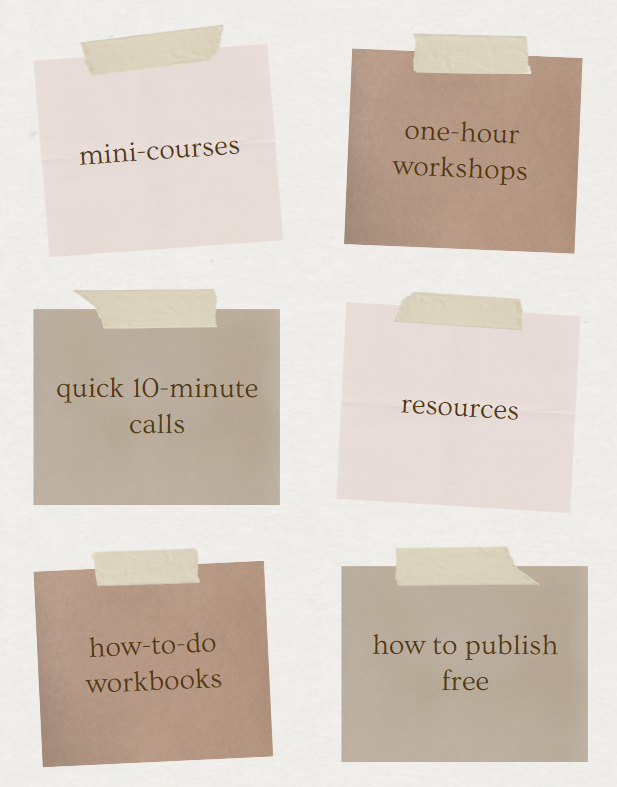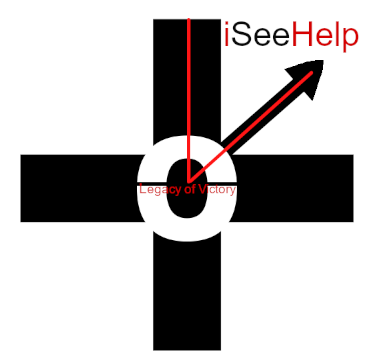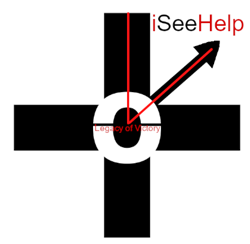Fake News
Critical thinking skills

Fake news demands critical thinking. Know who to trust for truth. Do not believe everything you hear. Do not believe everything you think. Do not believe everything you read. Be a critical thinker. Do not let artificial intelligence (AI) think for you.
If you are an expert, do not trust yourself. If you are not an expert, do not trust an expert to think for you. Always consider the source.
Critical does not mean to be judgmental. Critical thinking is not the same as judging. Thinking critically means that you do not believe everything you hear or think or read. In other words, do not be gullible, unaware, or foolish to follow if you do not trust the words, your thoughts, an author, or a so-called “expert” doctor. Think for yourself. You are accountable for the decisions that you make in your internal and external world.
Other research indicates that we share some DNA but not all. That significant, less than 5% makes all the difference for human beings created in the image of God. Of course, we are made from dirt. No wonder we share the same stuff materially with bananas! That is a logical consequence of creation, but does not “prove” evolution. A banana is not your father.
Gene sequencing reveals that we have more in common with bananas, chickens, and fruit flies than you may expect.
We’ve long known that we’re closely related to chimpanzees and other primates, but did you know that humans also share more than half of our genetic material with chickens, fruit flies, and bananas?
Since the human genome was first sequenced in 2003, the field of comparative genomics has revealed that we share common DNA with many other living organisms — yes, including our favorite yellow peeled fruit.
A Recipe for Proteins
Almost all living creatures come with an instruction manual, its genome, which tells it how to grow, build itself and operate. These instructions are made up of DNA that tell an organism how to make protein molecules. And proteins make us who we are. They determine physical characteristics, such as eye and hair color, and comprise substances essential for life, such as enzymes, antibodies and hormones.
By sequencing the entire genome of various organisms, including yeast, rice, and frogs, researchers have found that all living things on our planet have some similarities in their instruction manuals. The overlap exists because we all evolved from a common ancestor, a single-celled organism that lived three or four billion years ago, known as the last universal common ancestor (LUCA). Many of these common genes have been conserved through billions of years of evolution.
Studying our genes common to other organisms is helping us to better understand what makes us uniquely human, as well to understand the genetic underpinnings of disease.
Read on to see how genetically similar we are to these living things:
Chimpanzee: 96 percent identical
By studying the genomes of chimps (which after bonobos are our closest living ancestors), researchers are hoping to understand what makes us uniquely human. While we don’t have that answer yet, recent studies show that certain genes, and parts of DNA that regulate the expression of genes, account for the greater complexity and size of the human brain.
Chicken: 60 percent identical
Mapping the genome of the Red Jungle Fowl, a modern descendent of dinosaurs, researchers have gained more insight into the genetic differences between birds and mammals. Some surprising potential similarities were discovered, as well: the genes coding for proteins found in chicken eggshells and bones may have some related counterparts involved in bone calcification in mammals. And the gene for several immune response proteins, such as interleukin 26, previously thought to be specific to mammals, was also found in chickens.
Banana: more than 60 percent identical
Many of the “housekeeping” genes that are necessary for basic cellular function, such as for replicating DNA, controlling the cell cycle, and helping cells divide are shared between many plants (including bananas) and animals.
Fruit fly: 60 percent identical
There’s a reason why fruit flies are among the most studied insects. These tiny winged creatures share common genes for many biological processes involved with growth and development. In fact, nearly 75 percent of genes that cause disease in humans are also found in fruit flies, making them good models for the study of human disease.
Wake up to large language models (LLM) of reasoning
Large language models are some of the tools for artificial intelligence (AI) where knowledge is built on knowledge. What goes in comes out. Sometimes good, sometimes bad. Garbage in, garbage out. Who decises what to put in your mouth, your head, your morals?
“You come from apes.” I do not think so. “DNA finds the first Adam.” Lies abound on the Internet and all kinds of media throughout history, even in whispers not heard around the world. For example, the title, “Children of Adam | National Geographic DNA Documentary,” sounds so authentic from “expert” testimonies. They do not have all the facts from faith-based Genesis accounts. They do not trust the God of the Universe who created them.
Christ followers, Jews, and Muslims tend to hear this research as manipulative half-truth lies to disprove Biblical historical timelines and faith-based evidence and trust in God.
God who created Adam is removed from the trunk, from the root of the male Y-chromosome. They do not have all the facts. Missing links are missing. That is how fake news begins — intentionally diverting attention to perceptions that seem right but are so disruptive, based on apparent evidence with questionable theories of hundreds of thousands of years rather than faith.
First Define Words
- Definitions clarify concepts.
- Words are language only humans use to convey meaning.
- Perception means how human beings “see” a worldview.
- Paradoxes seem like self-contradictory opposites, but true.
- Quadrants are defined as one whole, divided into 4 sections.
- Examples explain by making abstract ideas concrete.
- Fake news is an intentional lie meant to deceive.
- Critical thinking evaluates information based on reality.
With paradoxical quadrants, you can easily clarify words and definitions to decide what to believe. You see, deception reigns in three of the four quadrants where the whole truth is distorted, based on sinking sand assumptions and opinions instead of a solid rock. Study these quadrant patterns of belief and behavior. Wherever there is a negative sign (minus), that quadrant removes integrity and relationships are damaged by lack of trust and truth.
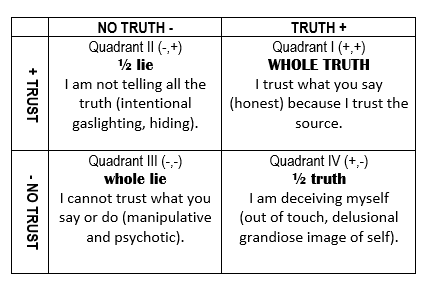
Testimonies in a courtroom require witnesses to affirm that they will “tell the truth, the whole truth, and nothing but the truth.” In other words, completely fabricated “whole lies” are not accepted to determine innocence or guilt. Review the quadrants to see reality is distorted in Quadrants II, III, and IV (2, 3, and 4).
Framework Design
There are multiple matrices (the plural of matrix) that illustrate how to determine fake news or trustworthy reports. What is a matrix? First, it is not referring to a 1999 AI movie called The Matrix. Instead, a basic form of a matrix is designed to reveal opposites, see paradoxes, and identify best research techniques. This is a basic guide, not intended to be explain the complex types of matrices involving mathematical calculations.
What a simple graph with 4 quadrants or 4 squares reveal on a graph can open up vistas of exploration of words and combinations of ideas to reveal truth and expose fake news.
Valid and reliable data becomes visible when compared. Then you choose what you want to believe, how you want to live, who you want to trust, why you want to be who you are so that others trust your integrity.
Binary reality of plus and minus combinations (+ and -), reveal the results to make the obvious more obvious.
If you apply healthy perceptions in Quadrant I, you receive healthy outcomes. To compare the positive and negative opposites and combine horizontal and vertical terms, you will see hidden truths, and uncover fake news, false perceptions, and outright lies.
Again, to reinforce clarity, study this shell of a matrix design to begin understanding the structure that tends to increase your own critical thinking skills. Draw your own. Make your own comparisons and contrasts. See the patterns?
With this basic framework, four different characteristics can be combined to identify a combination of results and clarify direction. In the next diagram, the four quadrants reveal positive and negative features. These quadrants are based on Roman numerals, numbered in counter-clockwise order with a graphs of positive and negative outcomes. Then trendlines can be drawn by connecting the dots to project conclusions that predict trajectories of direction.

Take theory and put it into practice. You can see what the data reveals based on facts. Better decision-making is possible for continuous improvement and increased capacity.
However, there is confusion about matrix design for multiple reasons. One movie, The Matrix, “a 1999 sci-fi film by creators Lilly and and Lana Wachowski about a simulated reality (called The Matrix) controlled by machines to trap humans.” Another issue is complex mathematical calculations that involve complicated spreadsheets.
Merely enter “define matrix” in a Google search to view the myriad of responses. Negative connotations of the word matrix reveal that AI was a focus 25 year ago. Actually, artificial intelligence (AI) is nothing new. In the movie, “The AI’s put humans in the Matrix because in their sense of justice, they believed themselves better than humans and genocide just didn’t seem important to them.”
Today, that reality seems closer to the truth where AI is no longer science fiction but a real contender for our attention since November 22, 2022. With the advent of ChatGPT spawning derivative applications, both for beneficial and deceptive uses, the need for critical thinking is essential. Warning signs proliferate.
Jesus shared a parable to illustrate fake and real news for everyone to hear the comparisons. Then he explained the analogies of seeds to responses by people. Look for these patterns in the parable in Matthew 13:1–23, 36–43.
The parable of the sower
That same day Jesus went out of the house and sat by the lake. Such large crowds gathered around him that he got into a boat and sat in it, while all the people stood on the shore. Then he told them many things in parables, saying:
“A farmer went out to sow his seed. As he was scattering the seed, some fell along the path, and the birds came and ate it up. Some fell on rocky places, where it did not have much soil. It sprang up quickly, because the soil was shallow. But when the sun came up, the plants were scorched, and they withered because they had no root. Other seed fell among thorns, which grew up and choked the plants. Still other seed fell on good soil, where it produced a crop — a hundred, sixty or thirty times what was sown. Whoever has ears, let them hear.”
The disciples came to him and asked, “Why do you speak to the people in parables?”
He replied, “Because the knowledge of the secrets of the kingdom of heaven has been given to you, but not to them. Whoever has will be given more, and they will have an abundance. Whoever does not have, even what they have will be taken from them. This is why I speak to them in parables: Though seeing, they do not see; though hearing, they do not hear or understand. In them is fulfilled the prophecy of Isaiah:”
“‘You will be ever hearing but never understanding; you will be ever seeing but never perceiving. For this people’s heart has become calloused; they hardly hear with their ears, and they have closed their eyes. Otherwise they might see with their eyes, hear with their ears, understand with their hearts and turn, and I would heal them.’”
“But blessed are your eyes because they see, and your ears because they hear. For truly I tell you, many prophets and righteous people longed to see what you see but did not see it, and to hear what you hear but did not hear it. Listen then to what the parable of the sower means:
When anyone hears the message about the kingdom and does not understand it, the evil one comes and snatches away what was sown in their heart. This is the seed sown along the path.
The seed falling on rocky ground refers to someone who hears the word and at once receives it with joy. But since they have no root, they last only a short time. When trouble or persecution comes because of the word, they quickly fall away.
The seed falling among the thorns refers to someone who hears the word, but the worries of this life and the deceitfulness of wealth choke the word, making it unfruitful.
But the seed falling on good soil refers to someone who hears the word and understands it. This is the one who produces a crop, yielding a hundred, sixty or thirty times what was sown.”
Seeds eaten by the birds cannot sprout. In other words, the hearer is hardened like the hard ground, representing a hard heart, unwilling to listen, unwilling to surrender and die.
Seeds dropped among the rocks have shallow roots and die out, like those who listen and fall away with a superficial comprehension of what is going on, dropping out with apathy. They look good at first, but the test of the heat shows the shallow heart.
In the next example, weeds overpower the seeds. These infiltrations of deception and distractions deflect from reality. Information overload of nonessentials leads to disinformation, veering off the path away from the clarity of critical thinking skills.
Only the seed that falls into the soil of the heart that dies to self will sprout the understanding of the invisible reality along with the real application to visible living. Quadrant I is the fertile soil. II is the seed in the rocks, III, is the hardened ground, and IV is the weeds. Perception of the truth to see through fake news is possible with the humility to die to self, producing fruit.
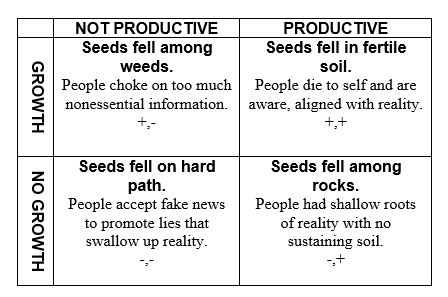
Direction matters
Up and to the right is Quadrant I, truth — where healthy life sprouts. Straight up would be pure truth.
Straight down is pure evil. Down and to the left is Quadrant III, evident evil.
Notice how diagonal quadrants are opposites that clarify parameters for critical thinking. Again II, III, IV sprout ingenuous fake news. Remember that anything with a negative sign is fake news in one way or another.
Quadrant II in the upper left is the tendency towards “anything goes” or lack of standards, leading to lascivious behavior and anarchy, rejecting healthy standards of living. Quadrant IV tends to focus on being too rigid with excessive restrictions towards autocratic rule, leading to rules without relationships that result in rebellion. Negatives in, negatives out.
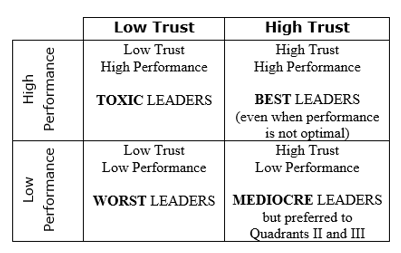
As you think of examples of the seeds in “The Parable of the Sower,” compare these leadership styles to see the differences of trust levels that affect performance. Some seeds germinate. Others do not. Two do not last.
In this example, the vertical and horizontal combinations indicate the best and the worst effects on performance. Notice again how diagonal quadrants of I and III are opposites. Quadrants II and IV are a mix of half-truths and half-lies. Fake news is in 3 of the 4, leading to mistrust.
Draw your own matrix design by identifying two groups of opposites to compare and contrast results. It is fun and enlightening to develop critical thinking skills!
